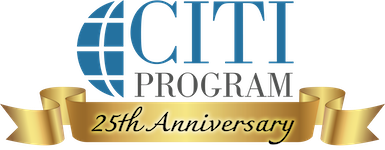This course provides a comprehensive overview of university technology transfer and commercialization processes, including partnering with a technology transfer office (TTO), protecting intellectual property (IP), establishing appropriate agreements, and licensing to or starting a new company.
Through this course, learners will feel ready to collaborate with their TTOs as knowledgable and equal partners in advancing the development and commercialization of their discoveries.
This course was authored by Jahanara Ali, PhD, Joan & Sanford I. Weill Medical College of Cornell University; Sadhana Chitale, PhD, MBA, New York University Langone Medical Center; Andrew Koopman, MS, Biotechnology Business Consultant; and Eric F. Wagner, PhD, JD, Duke University & Medical Center. It was peer-reviewed by experts.
Course Preview:
Language Availability: English
Suggested Audiences: Faculty, Graduate Students, Post-Doctoral Fellows, Researchers, Staff Members
Organizational Subscription Price: $675 per year/per site for government and non-profit organizations; $750 per year/per site for for-profit organizations
Independent Learner Price: $99 per person

